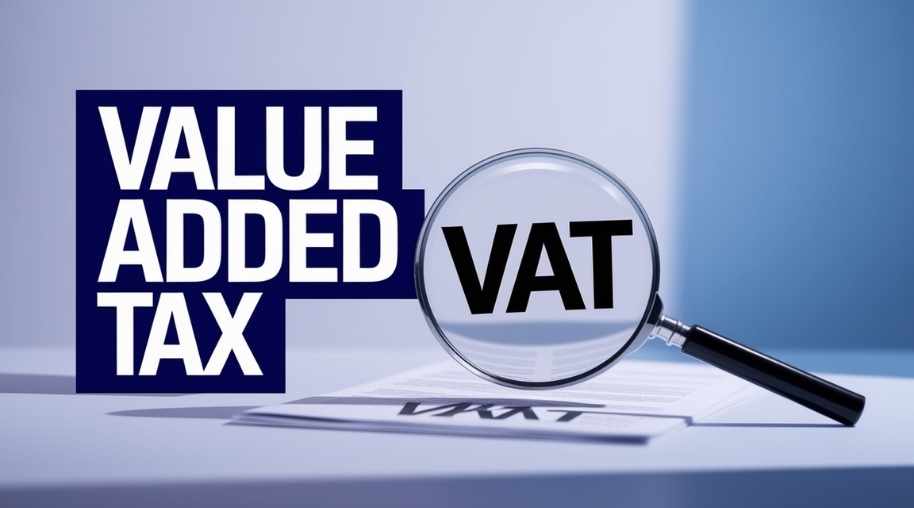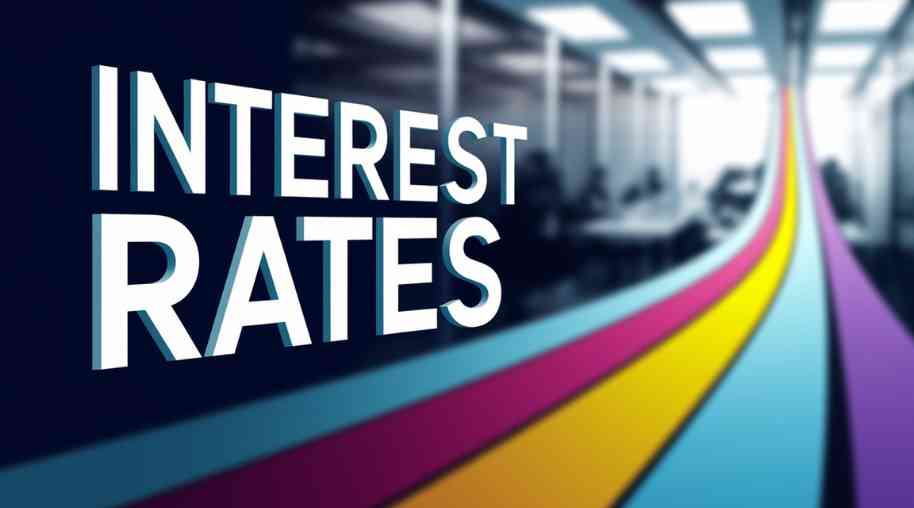VAT Full Form-Value Added Tax
by Shashi Gaherwar
0 1923
Value Added Tax (VAT): A Comprehensive Guide
Introduction
Value Added Tax (VAT) is one of the most widely used forms of indirect taxation across the world. It is a consumption-based tax applied to goods and services at each stage of the supply chain, from production to final sale. Unlike direct taxes, which are levied on income or profit, VAT is borne by the consumer but collected and remitted by businesses.

This article provides a comprehensive understanding of VAT, including its definition, benefits, calculation methods, global implementation, challenges, and impact on businesses.
What is Value Added Tax (VAT)?
VAT is a multi-stage tax levied on the value added at each stage of the production and distribution process. Businesses collect VAT from customers on behalf of the government, making it a crucial revenue source for many countries.
Key Features of VAT:
- Applied at every stage of the supply chain.
- Ultimately paid by the consumer.
- Businesses can claim input tax credit (ITC) on the VAT paid for purchases.
- Helps reduce tax evasion by tracking transactions.
How VAT Works: Calculation and Example
VAT is calculated as a percentage of the selling price of goods or services. The VAT rate varies across countries and product categories.
Example of VAT Calculation:
- Let’s assume a VAT rate of 10%.
- Manufacturer sells a product to a wholesaler for $100. VAT collected = $10.
- Wholesaler sells the product to a retailer for $150. VAT collected = $15. The wholesaler pays $5 VAT (after deducting input tax credit of $10).
- Retailer sells the product to the consumer for $200. VAT collected = $20. The retailer pays $5 VAT (after deducting $15 input tax credit).
- Total VAT paid to the government: $20 (paid at different stages).
This system ensures that VAT is paid at each stage but avoids double taxation.
Advantages of VAT
VAT offers several benefits over traditional tax systems:
- Efficient Revenue Collection: VAT provides a stable and substantial revenue stream for governments and minimizes tax evasion through input tax credit tracking.
- Transparency and Fairness: As VAT is charged at every stage of production, it prevents businesses from evading taxes and ensures equal taxation for all businesses, reducing unfair advantages.
- Encourages Business Compliance: Since businesses can claim tax credits for the VAT they pay, they are incentivized to maintain accurate financial records and reduce black market activities.
- Promotes Economic Growth: Unlike sales tax, VAT does not burden businesses significantly, as they can reclaim input tax credits, ensuring fair taxation without excessive taxation at one point in the supply chain.
Challenges and Criticisms of VAT
Despite its advantages, VAT has some challenges:
- Regressive Nature: VAT affects low-income groups more since they spend a higher percentage of their income on consumption. Some countries counter this by zero-rating essential goods (food, healthcare, education, etc.).
- Compliance and Administrative Burden: Businesses must maintain detailed records of VAT collected and paid. Small businesses may struggle with compliance costs and paperwork.
- Tax Fraud and Evasion: Some businesses may underreport sales or engage in carousel fraud (claiming false refunds). Governments must implement strict monitoring systems to prevent fraud.
VAT vs. Goods and Services Tax (GST)
Many countries have replaced VAT with Goods and Services Tax (GST), a more comprehensive and streamlined version of VAT. Key differences include:
- Taxation Method: VAT is multi-stage, applied at each level, while GST is a single tax replacing multiple indirect taxes.
- Tax Credit: VAT offers credits on inputs, while GST extends credits to inputs and services.
- Complexity: VAT can be complex, while GST is more uniform and simplified.
- Adoption: VAT is used in Europe, parts of Asia, Africa, while GST is used in India, Canada, Australia, Singapore.
VAT Implementation Across the World
Different countries have varying VAT systems:
- European Union: VAT rates range from 17% to 27%, depending on the country.
- United Kingdom: Standard VAT rate of 20%, with reduced rates for essentials.
- United States: Does not have a national VAT; instead, it has sales tax at the state level.
- India: Replaced VAT with GST in 2017 for a unified tax structure.
- China: Implemented a modern VAT system that applies to almost all industries.
VAT Exemptions and Zero-Rated Goods
Many countries exempt or zero-rate essential items:
- VAT Exempted Items: Healthcare, education, financial services.
- Zero-Rated Items: Basic food products, exports, medicines.
- Difference Between Exempt and Zero-Rated: Zero-rated products have 0% VAT but allow input tax credit, whereas exempt goods have no VAT and no input tax credit.
Future of VAT: Trends and Innovations
VAT is continuously evolving to meet modern economic needs:
- Digital VAT Systems: Many countries are implementing e-invoicing and digital tax reporting to prevent fraud, with AI-powered tools improving compliance.
- Expansion to Online Sales and E-Commerce: VAT rules are being updated to tax digital services and e-commerce transactions. Countries like the EU, UK, and Australia have introduced VAT on digital goods.
- Harmonization of VAT Rates: Governments are working towards more uniform VAT rates to simplify trade, guided by global organizations like the OECD.
Value Added Tax (VAT) is a crucial taxation system that provides governments with a reliable revenue stream while ensuring fairness in taxation. Though it has challenges like compliance complexity and regressive impact, its benefits in reducing tax evasion, promoting transparency, and supporting economic growth make it a preferred taxation model worldwide.
As digital advancements and global trade evolve, VAT will continue to adapt, ensuring effective tax collection and economic sustainability in the modern era.
This article provides a detailed overview of VAT, its benefits, challenges, and global impact. Understanding VAT is essential for businesses, policymakers, and consumers alike.
Further Learning Resources
If you’re passionate about building a successful blogging website, check out this helpful guide at Coding Tag – How to Start a Successful Blog. It offers practical steps and expert tips to kickstart your blogging journey!
For dedicated UPSC exam preparation, we highly recommend visiting www.iasmania.com. It offers well-structured resources, current affairs, and subject-wise notes tailored specifically for aspirants. Start your journey today!

Share:








Comments
Waiting for your comments